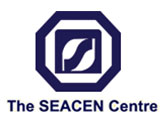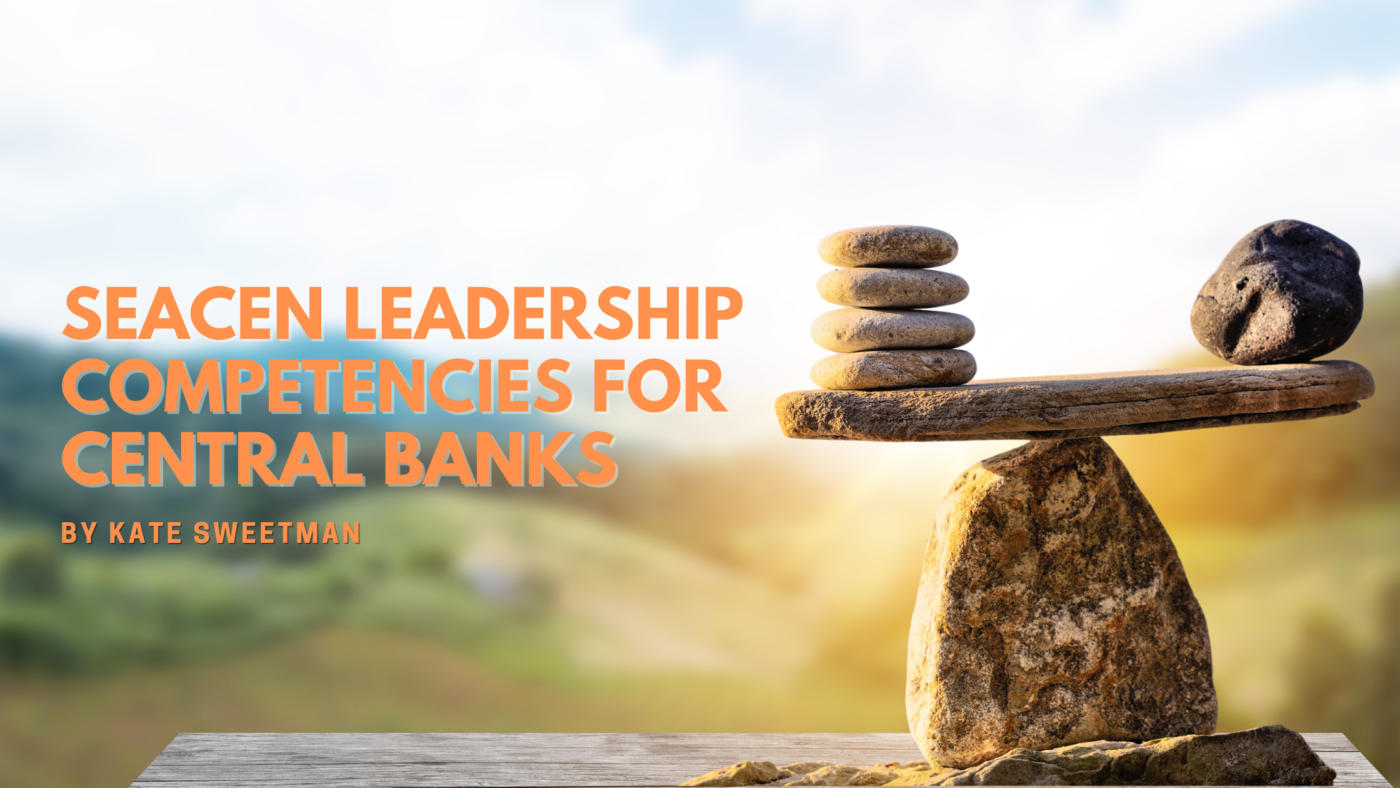We have a saying here at SEACEN: without leadership, nothing else matters. Great leaders blow new life and positive energy into their teams, their networks and their organisations, while ineffective leaders siphon off energy and even reduce the goodwill, vibrancy and vigour of those they touch. Leadership is the motivating force behind all great works. Without leadership, plans remain on the shelf, and even the best of intentions never become reality. That’s how important leadership is.
It is a tough leadership challenge to provide both the stability, notably price stability and financial stability, that is a central bank’s central mandate with the agility and imagination to deal with the threats and opportunities of our time (you know the list: digitalisation, and the future of money, decarbonization, de-globalization, post COVID return to workplace strategies, et cetera). But that is the leader’s job in central banks today.
The questions quickly become: What does good, even great, leadership look like in a central bank? What do leaders need to know and do? To what extent can they be like the leaders who made central banks successful in the past? To what extent do they need to forge ahead in new ways? This high-stakes conundrum formed the basis of an enquiry that our study group began investigating four years ago.
This brief blog lays out basics of the SEACEN Leadership Competency Framework (SLCF) that resulted. We believe that we have cracked the code on the universals of the most proficient leadership in central banks today and going forward. If this blog intrigues you, we can provide the full framework as desired.
What are competencies, anyway? Competencies, simply put, are the skills, knowledge, attitudes, and beliefs that drive observable behaviors. This applies to any skilled behavior, from parenting to waterskiing. When it comes to leadership, an example would be someone who believes in teamwork, studies what makes for great teamwork, develops skill in the tools of teamwork, practices those tools, makes mistakes, learns from the mistakes, and gets better and better. The observable team leadership behaviours result in highly effective teams.
While innumerable studies of leadership have proven that there are high degrees of individual variation in effective leaders, the fact is that highly successful leaders in any enterprise also share certain essential attributes. Great chefs create an infinite variety of delicious dishes in myriad ways – but they all understand salt, fat, acid, and heat, and act on that core of shared knowledge every time they cook. Bad chefs don’t understand these things – or they don’t act on them – and we have all tasted the dismal results. It’s the same thing with leadership.
These leadership attributes must reflect the times in which we live. Currently, all leadership models must incorporate a deep facility with leading in times of disruptive change.

Enter the SEACEN Leadership Competency Framework. Strategic Orientation and Risk Orientation both address where we are going, how we are getting there, and how we manage the inevitable risks that are entailed. Adaptability and Innovativeness together deal directly with the challenges of change: what do the changes need to be, and how do we make them succeed? What do we actually do? Stakeholder Inclusiveness and Talent Growth both dive deeply into the human side of leadership: who is involved in the game, what do they need to know and do, how can we help them and how can they help us?
Strategic Orientation. Acting in complexity is one of the key things that we need to figure out in the world today. All the member central banks are dealing with so many important things that they never even thought about 20 or 30 years ago. Therefore, leaders at every level must act more strategically because there is no such thing as business-as-usual – as being on autopilot.
The key question that needs to be asked by anyone – and ask you to ask this of yourself – is: “When is the last time you examined the true nature of the challenges facing the central bank at my level?”
Risk Orientation. How are we going to deliver on the strategy safely? All strategies entail risk – just as all voyages entail risk. But as the saying goes: a ship in harbour is safe, but that’s not what ships are built for. The key to managing risk is to understand as thoroughly as is possible the situation you are in, the perils you run, how to manage them, and never be afraid. The top leader has an extremely important role to play in assessing and taking on calculated risks in a very dynamic environment with a lot of factors at play.
The key question for you to ask yourself when you think about risk: When is the last time you re-assessed your organisation’s exposure to danger? To reward?
Adaptability. What kind of mindset do we need to have in this world? What do we need to be open to that we weren’t open to before? Inevitably, any strategic scan will reveal the need to change/take on new projects/new investments/new initiatives. Times of change mean that we need to hear more voices, take on more perspectives when wrestling a new sort of problem to the ground. Are leaders willing and able to adapt their style away from command and control to listening and including the ideas of others from below? Leaders need to move from a modus operandi of know-it-all to learn-it-all – the very essence of the growth mindset.
The key question to assess your adaptability: When is the last time you did something for the first time?
Innovativeness. If we are going to thrive in the new world, don’t we need to have new skills? New tools? New ways of doing so many things – even interacting? What do we need to take on that we didn’t know how to use before so we can succeed? Innovativeness is what you, in fact, do to make adaptation happen. How digital are you, for example? Or do you leave that to the IT folks? Can you afford that as a leader in the age of digitalisation?
There is a key question here, too, around innovativeness: When is the last time you used new tools and techniques in any significant way?
Stakeholder inclusiveness. We are surrounded by a web of other people who are also working in the same ecosystem. How can we connect in collaboration with them, in support and camaraderie, so that they help us, and we can help them? So that we learn from them, and they learn from us? When is the last time you did something completely solo in your member central bank? My guess is the answer is never. But how conscious are you of the key relationships that surround you? How well do you tend them? Do you even know if you are meeting their needs?
The key question to test your own attentiveness to your stakeholders: When is the last time you fully focused on the people in your network upon whom you depend for success? Who depends on you?
Talent Growth. Developing the people around us, particularly the people below us, is the responsibility of every leader. We develop individually but above all we develop in team and in concert with each other. Growing talent is NOT the purview of HR but of the leader. Why? Because no one knows them better than you do – their strengths, weaknesses, hopes, dreams, and potential. No one sees them and their actions as closely as you do and is in a better position to provide constructive and supportive feedback that really makes a difference in them. HR can help with their tools and levers, but it is your responsibility.
We have two key questions around this competency: When is the last time you fully focused on the people in your immediate orbit who can learn the most from you? And:
When is the last time you fully focused on your own development needs?
Next Steps. The SLCF is a living document. It was only finalised last year. Now we are working with it, fleshing it out, developing teaching materials. Inevitably, it will change.
One key question we ask constantly: what barriers do leaders at any level encounter in enacting the competencies, especially Adaptability? What gets in the way of success?
Secondly, we are working on ways to present our world and its leadership challenges in all their complexity. Our world and our work come at us in challenges that include strategy, risk. adaptability, innovation, stakeholders, and our team all at the same time – they all need to be managed and led. In our classes you will start to find case studies based on these competencies – puzzles YOU will have to solve.
Kate Sweetman is the Director of the Leadership, Governance, and Human Capital pillar at The SEACEN Centre.

